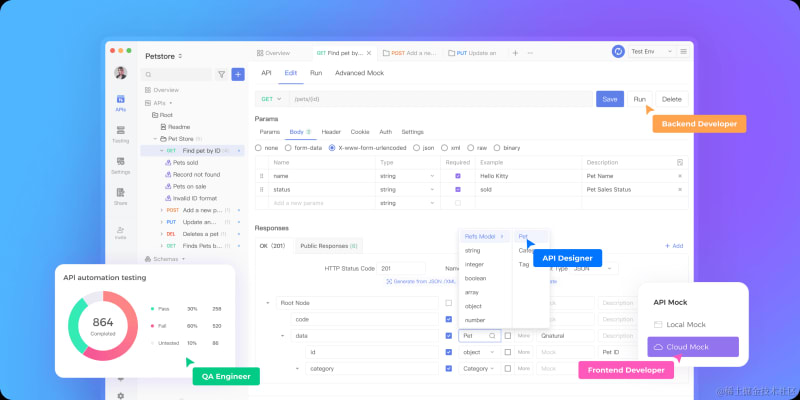What is Image Asset Management?
Image asset management refers to the systematic approach to organizing, storing, and retrieving digital images that are used across various facets of a business. Effective management helps ensure that these valuable assets are easily accessible and in the best possible quality, maximizing their utility and preventing redundancy and mismanagement.
The Challenges of Image Asset Management
– Volume and Scalability: One of the primary challenges in managing image assets is the sheer volume. As businesses grow, so does the number of images, which can quickly become overwhelming to manage manually.
– Accessibility: Ensuring that the right images are accessible to the right team members at the right time is crucial, especially in larger organizations where different departments may need access to the same assets.
– Security and Compliance: Protecting image assets from unauthorized access and ensuring compliance with copyright and data protection laws is another significant concern.
– Efficiency: Quickly retrieving and effectively using the correct version of an image can be time-consuming, which can delay marketing campaigns or product launches.
Integrating CDN Technology for Image Asset Management
While Content Delivery Networks (CDNs) are typically associated with speeding up the delivery of video content, they can also play a significant role in the management and delivery of image assets.
Here’s how CDNs can enhance image asset management:
– Improved Load Times: CDNs can store copies of images on servers around the world, which means that images load faster for users, regardless of their geographical location. This is especially beneficial for e-commerce sites where high-resolution product images are crucial for sales conversions.
– Bandwidth Management: By caching images on CDN servers, businesses can significantly reduce the bandwidth costs associated with delivering high-resolution images directly from their primary servers.
– Enhanced Security: CDNs often provide additional security measures, such as DDoS protection and data encryption, which help protect image assets from cyber threats and unauthorized access.
– Version Control and Caching: CDNs can help manage different versions of the same image, ensuring that the most current and appropriately formatted version is always used. For example, if a marketing team decides to update the branding on product images, the CDN can help ensure that all cached versions are updated across all platforms.
Best Practices for Image Asset Management
– Centralize Image Storage: Use a digital asset management (DAM) system to centralize storage and keep track of all your images. This makes it easier to find, retrieve, and manage assets across the organization.
– Standardize Naming and Tagging: Implement consistent naming and tagging conventions for your images. This will speed up search and retrieval times and reduce the risk of using incorrect or outdated images.
– Implement Access Controls: Ensure that only authorized personnel have access to your digital image assets. This not only helps in maintaining security but also ensures that the assets are used correctly within the organization.
– Regularly Update and Audit: Regularly auditing your image assets can help identify outdated, redundant, or rarely used images that can be archived or deleted, freeing up valuable storage space and improving system efficiency.
The Bottom Line
Effective image asset management is essential for any business that relies on digital content to engage customers and stakeholders. While traditionally associated with video content, using a CDN can provide similar benefits for image management, ensuring faster load times, reduced bandwidth costs, enhanced security, and better compliance with copyright laws. As digital content continues to dominate the marketing landscape, investing in robust image asset management practices will undoubtedly pay dividends in operational efficiency and content effectiveness.


